Think Pedagogy First, Technology Second
The following infographic from Krista Moroder offers another simple piece of advice: thinking pedagogy first, technology second.
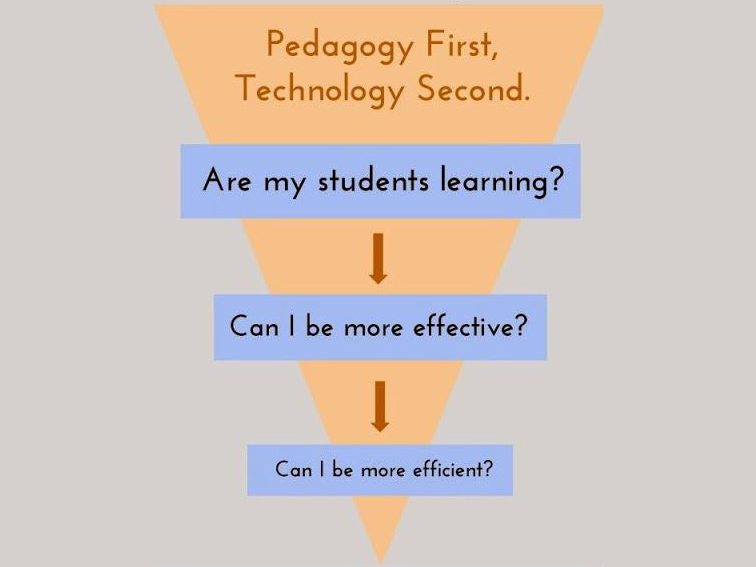
The following infographic from Krista Moroder offers another simple piece of advice: thinking pedagogy first, technology second.
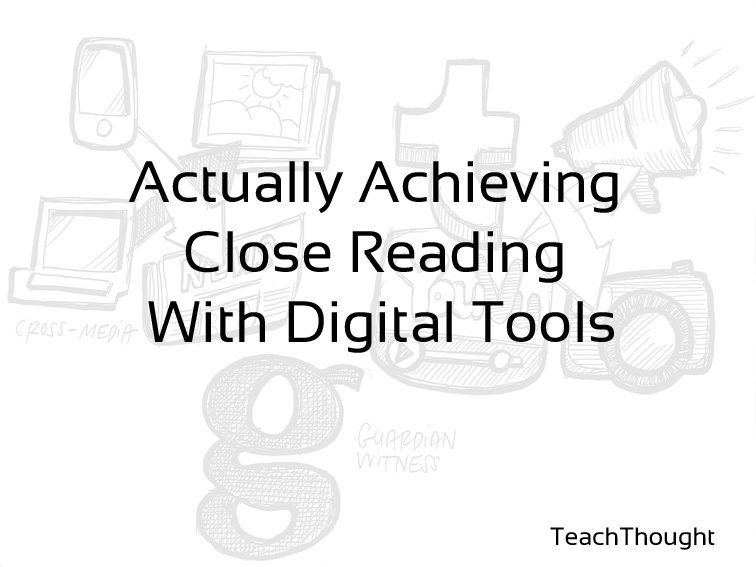
As we think about how reading habits change & how to support students in print & digital spaces, I hope you’ll model reading practices.
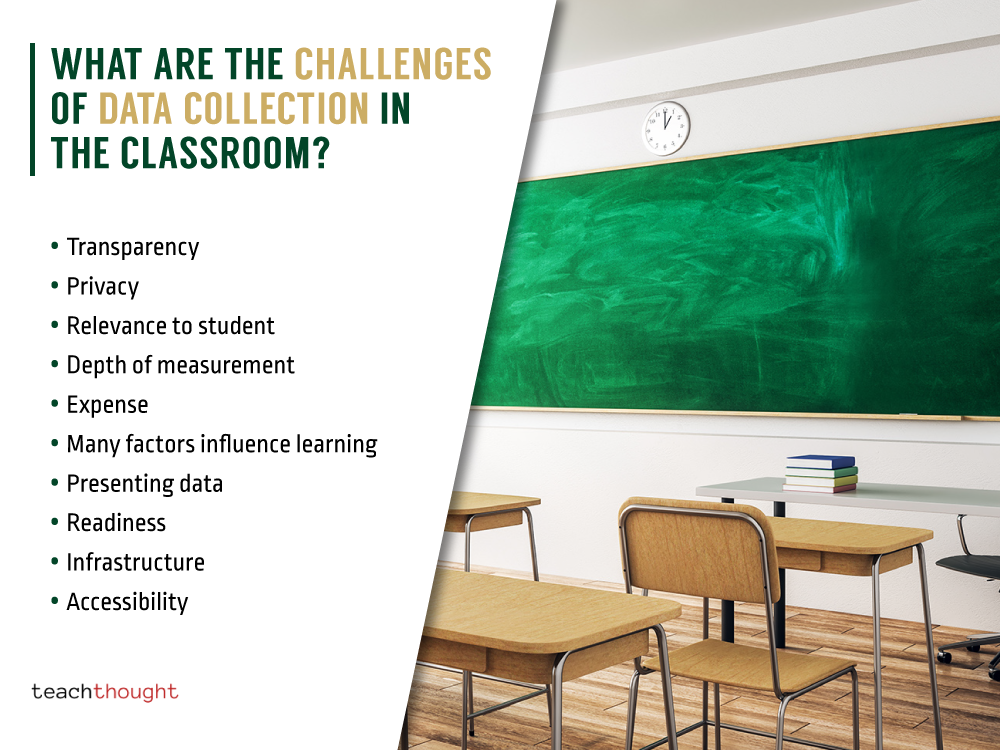
How do we display data so that it is accessible? If teachers are given this data, what do they with it to improve outcomes for students?
We need to prepare students for a world where borders are blurred and learning about other cultures is as ubiquitous as learning to read.
2 Simple Strategies To Bring Technology To The Common Core contributed by Jeremy Hyler As the discussions about the Common Core State Standards (CCSS) intensify within the states that have adopted them, there is another thought lurking in the corner of some, if not most teacher’s minds. How am I going to integrate technology into my classroom?…
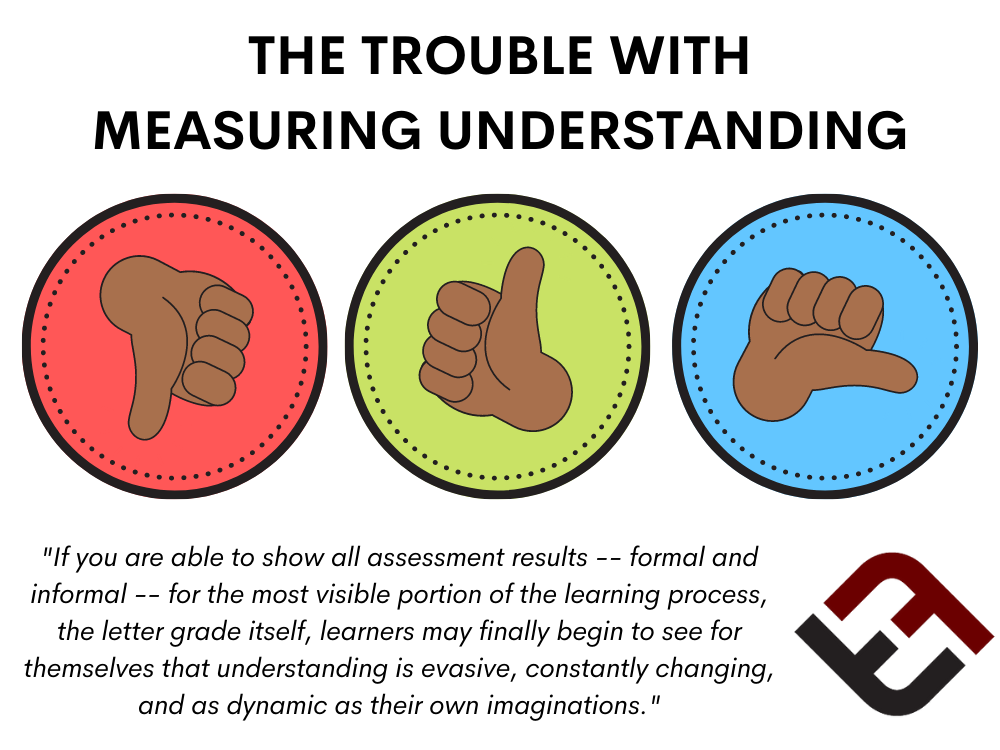
Measuring understanding might be the most complex thing teachers do. Unfortunately, PD gives little attention to making quality assessments.
Fire needs three things–a spark, oxygen, and fuel. Without any one of those things, we can’t stoke the fire. It will refuse to burn.
4 Strategies To Promote Smarter Grit In The Classroom by Jennifer Davis Bowman, Ed.D. Recently, “grit” has surfaced as one of the more popular concepts in the classroom. It is often associated with desirable characteristics such as motivation and determination. In examining experiences with student grit in my classroom, I began to wonder “Is grit…
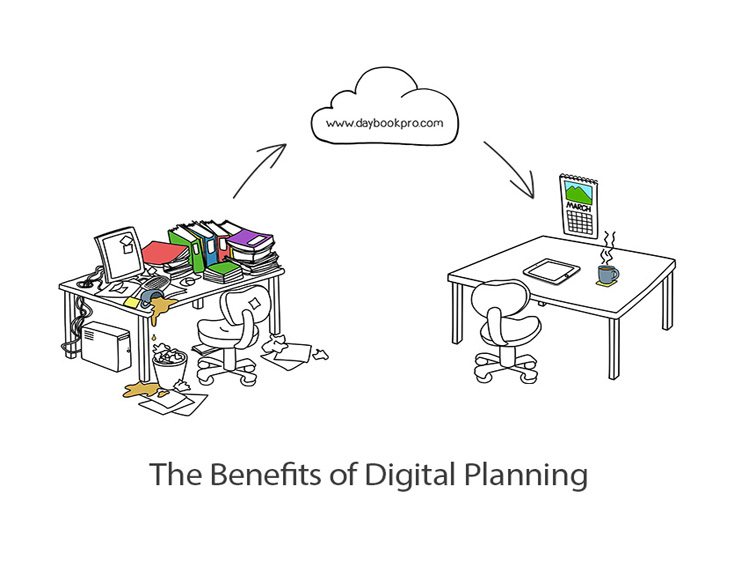
Done properly, lightening the planning load through collaboration should enable teachers to focus on relationship-building.
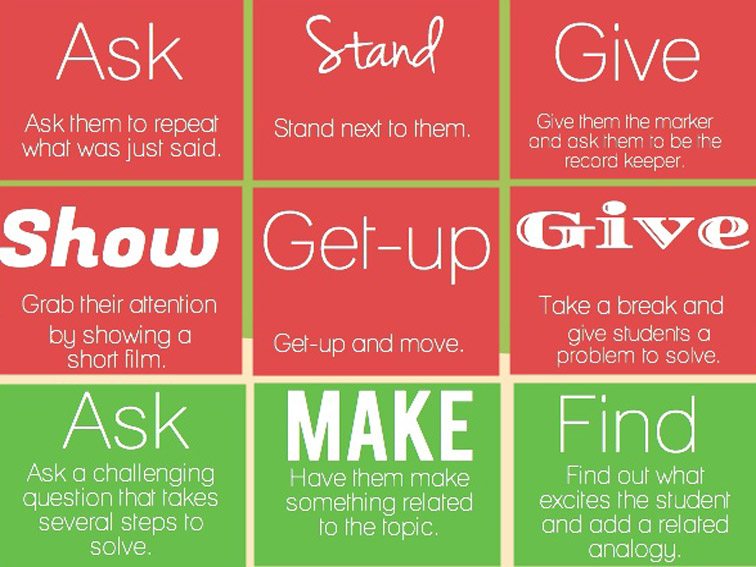
How Can You Respond When Students Don’t Pay Attention? Our initial reaction when seeing the following infographic from Mia MacMeekin was to think about instructional design rather than classroom management. That is, work backwards from a student-centered, inquiry-based, self-directed, and inherently personalized learning model where students, while plugged in to relevant digital and physical communities and working…
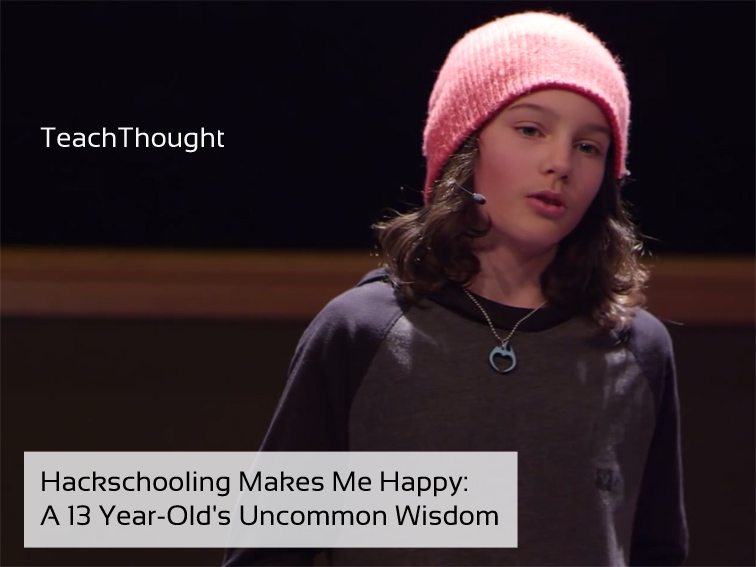
A 13 Year-Old’s Uncommon Wisdom Disruptive thinking is a useful thing. It encourages difficult questions, conversations, and rethinking of trends and directions. It isn’t always a comfortable thing, usually occurring when other strategies for change have failed. Computer hackers–the principled, noble hackers with specific goals and a moral code anyway–take the same approach, in the…
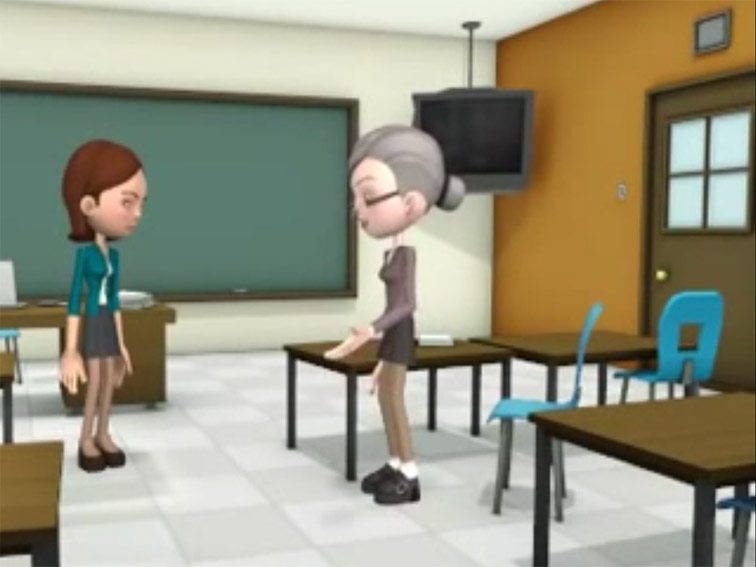
“Your test scores seem to indicate that your classwork isn’t rigorous enough. Do you include rigor in your class assignments?”
End of content
End of content